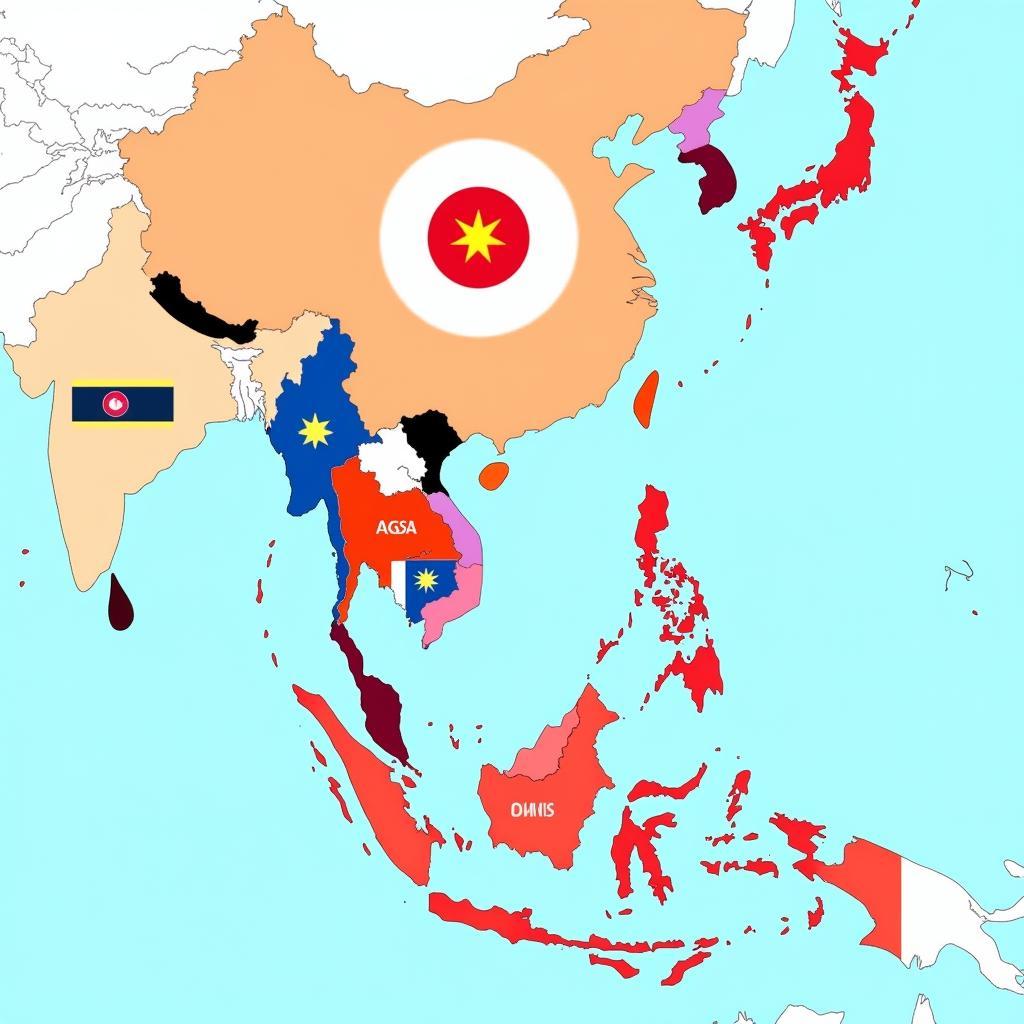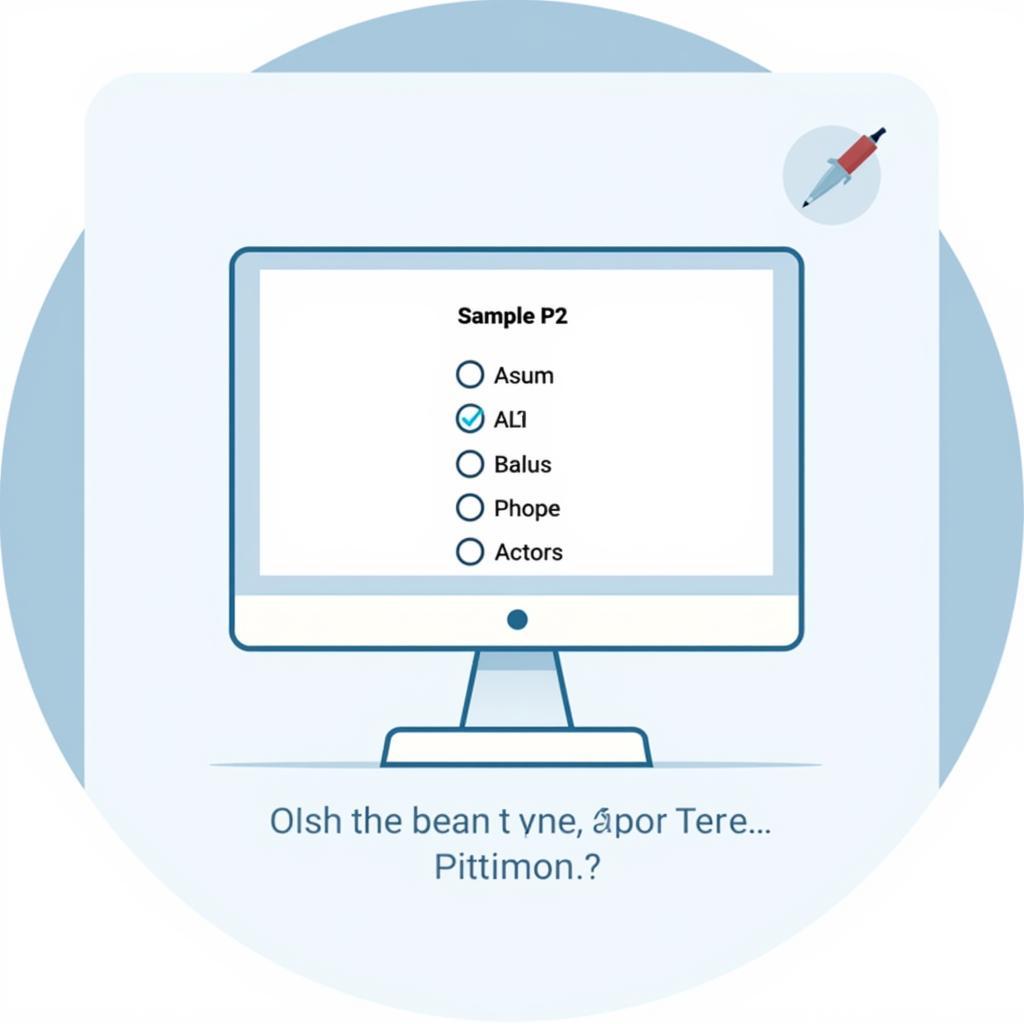The Association of Southeast Asian Nations, or ASEAN, is a prominent intergovernmental organization in Southeast Asia. If you’re wondering “how many countries are in ASEAN?”, the answer is 10.
 Map of ASEAN Member States
Map of ASEAN Member States
A Closer Look at the 10 ASEAN Countries
Established on 8 August 1967, ASEAN strives to accelerate economic growth, social progress, and cultural development among its member states. It also promotes regional peace and stability through mutual respect for justice, and adherence to the principles of the United Nations Charter. But which countries exactly make up this dynamic bloc? Let’s explore:
- Brunei Darussalam: Known for its oil and natural gas reserves, Brunei is a small but wealthy nation on the island of Borneo.
- Cambodia: Rich in history and culture, Cambodia is famous for the ancient temples of Angkor Wat, a testament to its powerful Khmer Empire past.
- Indonesia: The world’s largest archipelago, Indonesia boasts a diverse landscape of over 17,000 islands, a vibrant culture, and a rapidly growing economy.
- Laos: A landlocked country known for its mountainous terrain, Laos offers stunning natural beauty and a slower pace of life.
- Malaysia: Home to bustling cities like Kuala Lumpur and diverse ecosystems like rainforests and beaches, Malaysia offers a unique blend of modernity and natural splendor.
- Myanmar: Also known as Burma, this country possesses a rich cultural heritage and breathtaking landscapes, though it has faced political challenges in recent years.
- The Philippines: An archipelago of over 7,000 islands, the Philippines is known for its warm hospitality, beautiful beaches, and rich biodiversity.
- Singapore: A global financial hub and a city-state, Singapore is renowned for its cleanliness, efficiency, and modern infrastructure.
- Thailand: Famous for its stunning temples, delicious cuisine, and vibrant nightlife, Thailand is a popular tourist destination.
- Vietnam: With a rich history, vibrant culture, and stunning landscapes from rice paddies to bustling cities, Vietnam is a captivating country in Southeast Asia.
The Significance of ASEAN’s 10 Member States
These 10 nations, despite their differences in geography, culture, and history, have come together under the banner of ASEAN to pursue shared goals of peace, stability, and prosperity. This unity within diversity has become a hallmark of ASEAN, enabling it to play a crucial role in regional and global affairs.
FAQs About ASEAN Countries
1. What is the purpose of ASEAN?
ASEAN aims to promote economic, social, cultural, and political cooperation among its member states. It also seeks to ensure peace and security in the region.
2. What are the official languages of ASEAN?
While ASEAN recognizes the importance of promoting national languages, its sole official language is English.
3. Does ASEAN have a common currency?
No, ASEAN does not have a common currency. Each member state uses its own currency.
4. How does ASEAN benefit its member countries?
ASEAN membership brings numerous benefits, including enhanced trade opportunities, increased foreign investment, and greater regional cooperation in areas like education, culture, and security.
5. Can other countries join ASEAN?
ASEAN welcomes applications from countries that share its principles and can contribute to achieving its goals. However, the process for accession can be complex and requires consensus among existing member states.
Want to learn more about ASEAN?
For more information on ASEAN and related topics, you can explore these resources:
- What is ASE Certification?
- ASEA Customer Service Number
- ASEA Pregnancy
- ASEAN Air Quality Index
- ASE Windows
Get in Touch
Need assistance? Contact us:
Phone: 0369020373
Email: aseanmediadirectory@gmail.com
Address: Thôn Ngọc Liễn, Hiệp Hòa, Bắc Giang, Việt Nam.
Our dedicated customer support team is available 24/7 to assist you.
